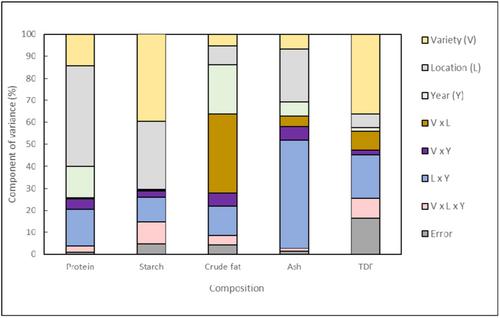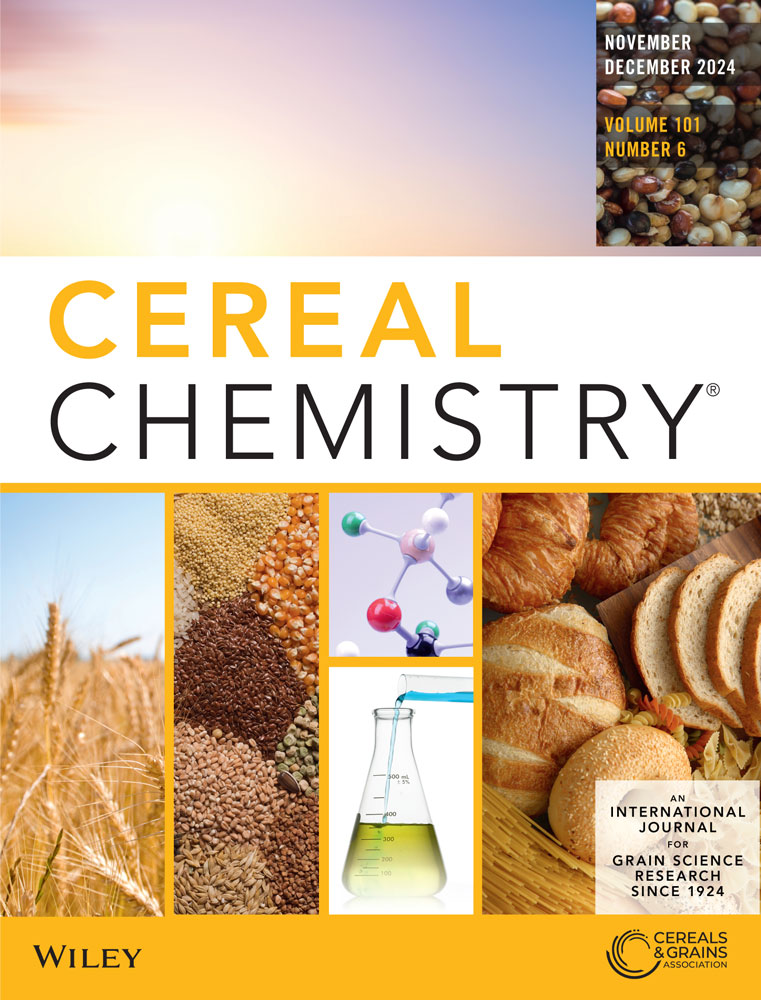Faba bean is a rich source of proteins, carbohydrates, vitamins, and minerals. It serves as a staple food in Asia, Africa, and the Mediterranean region. Faba bean production in Canada has recently increased due to the interest in sustainable plant-based proteins. Identifying faba bean varieties that can grow across different environments and provide good quality, nutrition, and functionality is important. This study aimed to determine the effect of variety, growing location, and year on the composition, certain anti-nutrients, and functionality of the faba bean varieties grown in Canada.
Variety, growing location, and year had significant effects on the protein content, crude fat, ash, phytic acid, stachyose, verbascose, trypsin inhibitor activity, and functional properties of faba beans, including oil emulsion and water holding capacity. Starch content, total dietary fiber, and least gelling concentration were significantly affected by variety and growing location, whereas raffinose, oil absorption capacity, foaming capacity, and stability were significantly affected by variety and growing year. Significant interactions of variety, growing location, and year were observed for most characteristics. Environment played a greater role in affecting faba bean characteristics than variety except for starch content, total dietary fiber, oligosaccharides, and foaming stability.
It was found that varietal and environmental factors affected each trait differently. Selecting suitable varieties and growing conditions would improve the quality of faba bean.
Information from this study will be useful to breeders, growers, and food manufacturers to improve the production and utilization of faba beans.



